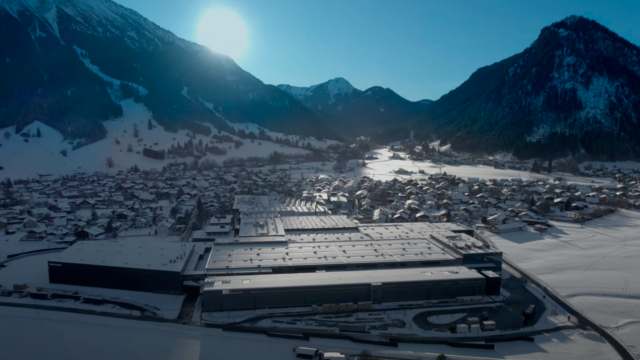
DMG MORI Celebrates 30 Years of Innovation at Open House in Pfronten with Multiple World Premieres
DMG MORI marked the 30th anniversary of its Open House event in Pfronten, cementing the tradition…
While robotics has established itself as an “everyday tool” in manufacturing over the past four decades, artificial intelligence (AI) is still at the beginning of its history in CNC manufacturing.
However, the potential of the interplay between automation and AI is already foreseeable and promises answers to several challenges at once, such as the shortage of skilled workers and climate change.
The first robots were used in industrial production environments as early as the 1960s, in the automotive industry. However, it would take around two decades before the automated handling assistants made their first forays into the machine tool industry, taking on tasks such as material handling, workpiece loading and unloading and assembly processes. Another four decades later, robots are no longer “exotic” on the shop floor. Even more and more small and medium-sized companies are now relying on flexible automation when it comes to increasing productivity and efficiency, and particularly the service life of machines.
The use of robots increases productivity, efficiency and, in particular, the service life of machines.
The current popularity of robots in production technology is also evident at DMG MORI, where automation is a mainstay of the current Machining Transformation (MX) and where incoming orders in this area have increased continuously in recent years. The automation portfolio of the world’s leading manufacturer of high-precision machine tools is correspondingly wide-ranging, with 58 products in 14 product lines. The fields of application range from individual machines to huge flexible production systems, which are always designed and implemented by DMG MORI for the customer according to the motto “Automation from a single source” – now even with driverless transport systems for supplying the production cells and systems with workpieces, pallets, tools, chips and operating materials and all controlled by the CELL CONTROLLER LPS 4, which also builds the bridge to vertical integration from the shop floor into the company IT.
This paves the way for the vision of the “lights-out factory” with complete automation of intelligently controlled factories. The ambition of this pioneering concept is to be able to produce workpieces in variable batch sizes around the clock with minimal manpower. Raw parts, workpieces, tools and operating materials are then automatically delivered or disposed of and transported away, while all workflows, machines and processes are adaptively adjusted to the respective conditions and requirements in CNC production.
This leads us directly to another pillar of the Machining Transformation (MX), the Digital Transformation (DX) at DMG MORI, and in particular to digital twins and artificial intelligence. Digital twins – complete virtual replicas of physical systems – enable detailed monitoring and optimization of manufacturing processes in real time. They provide deep insights into the performance and condition of the machines, enabling proactive maintenance and optimization. The integration of artificial intelligence tools significantly expands the capabilities of manufacturing by recognizing patterns in the collected data and enabling the user to perform predictive analyses and implement adaptive control mechanisms.
Digital twins – complete virtual replicas of physical systems – enable detailed monitoring and optimization of production processes in real time.
Admittedly, digital twins and artificial intelligence are not yet part of everyday life for CNC manufacturers. But given the recent speed of evolution in the digital transformation and, above all, the pace of innovation in the field of artificial intelligence, it seems only a matter of time before these two trending topics find their way into routine manufacturing. This is supported in particular by the major challenges of the future, for which an answer must be found. The increasing shortage of skilled workers in companies should be mentioned here, as well as the green transformation (GX) of manufacturing as a further pillar of the (MX) Machining Transformation and DMG MORI’s sustainable response to climate change.
Robotics, automation and artificial intelligence (AI) are the beacons of hope for the life cycle assessment in metalworking and CNC manufacturing. And as visionary as their use sounds, the benefits that are already clearly on the horizon are just as convincing:
Efficient use of resources
Energy savings
Waste reduction
Optimized production processes
Reduction of emissions
Sustainable innovations
Original source DMG MORI
Stay up to date with the latest industry news and events.

Be first to see all the updates from MTDCNC
Our newsletters frequency varies dependant on content
All the latest deals from the industry feature on our newsletters